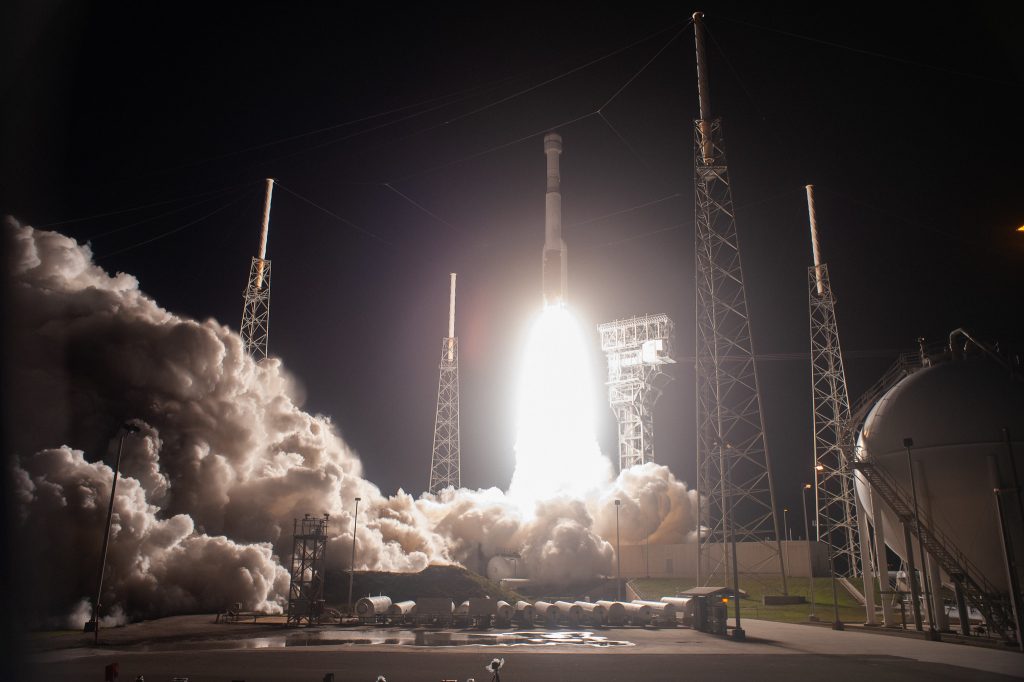
Boeing has decided to fly a second uncrewed flight test as a part of NASA’s Commercial Crew Program. Although no new launch date has been set, NASA has accepted the proposal to fly the mission again and will work side-by-side with Boeing to resume flight tests to the International Space Station on the company’s CST-100 Starliner system.
The agency’s Commercial Crew Program is a unique approach to human spaceflight in which NASA provides a set of mission and safety requirements and private companies, like Boeing and SpaceX, propose their own unique strategies to prove the systems meet the intent of the requirements. Consistent with that approach, Boeing had the responsibility to bring NASA its proposal on how to proceed with the flights.
An uncrewed flight test originally was proposed by Boeing to demonstrate the Starliner system could perform as designed to fly to the space station prior to having a crew onboard. With that proposal, the uncrewed flight became a part of the Commercial Crew Transportation Capability contract in 2014 between NASA and Boeing.
Although many of the objectives of Boeing’s first uncrewed flight test in December 2019 were accomplished, Boeing decided the best approach to meeting the agency’s requirements would be to fly the mission again, including docking with the space station. Data from the next and previous flight test will be used as part of NASA’s process of certifying Boeing’s crew transportation system for carrying astronauts to and from the space station.
If Boeing would have proposed a crewed mission as the next flight, NASA would have completed a detailed review and analysis of the proposal to determine the feasibility of the plan. However, as this was not the recommendation made by Boeing, NASA will not speculate on what the agency would have required.
The second uncrewed flight does not relieve Boeing from completing all the actions determined from the joint NASA/Boeing independent review team, which was commissioned following the flawed initial flight. NASA still intends to conduct the needed oversight to make sure those corrective actions are taken.
NASA and Boeing are in the early stages of the decision to fly a second uncrewed orbital mission to the station, and a timeline for flying crew has not been determined.
Although completing a second uncrewed flight test was not in the timeline for returning U.S. human spaceflight on Starliner, NASA fully supports our Boeing partner’s commitment to flying astronauts as safely as possible.
This is exactly why NASA decided to select two partners in the commercial crew effort. Having dissimilar redundancy is key in NASA’s approach to maintaining a crew and cargo aboard the space station and to keeping our commitments to international partners. It also allows our private industry partners to focus on crew safety rather than schedule. The safety of our commercial crew team always will remain as our top priority.
